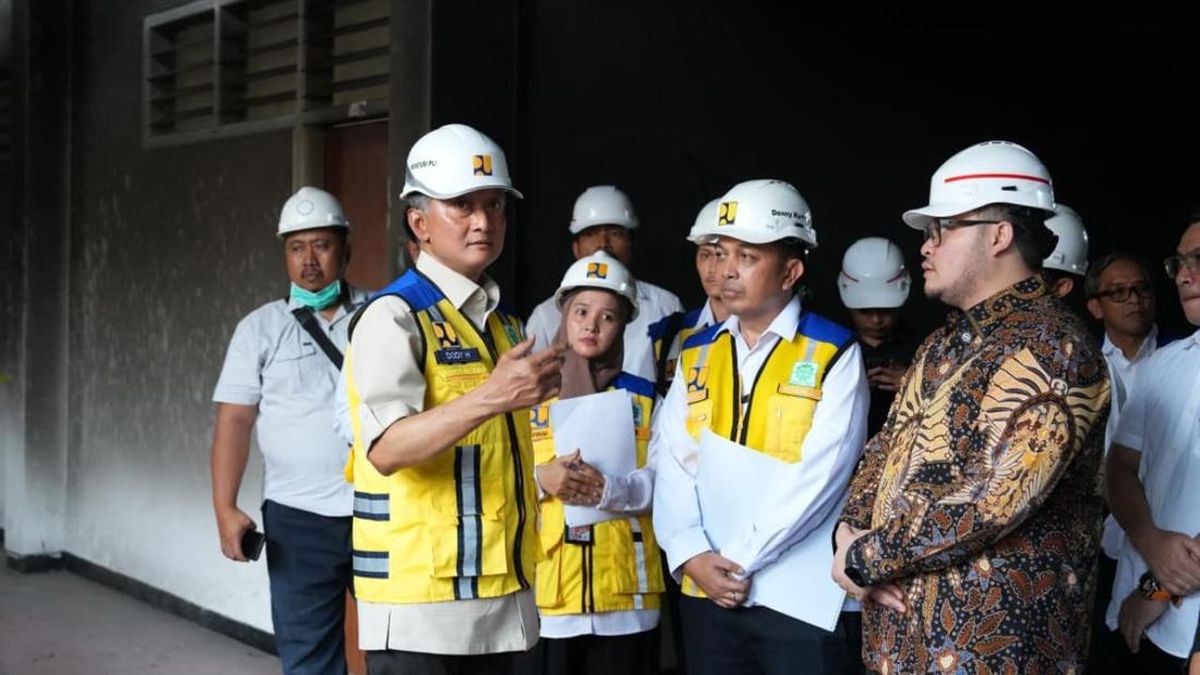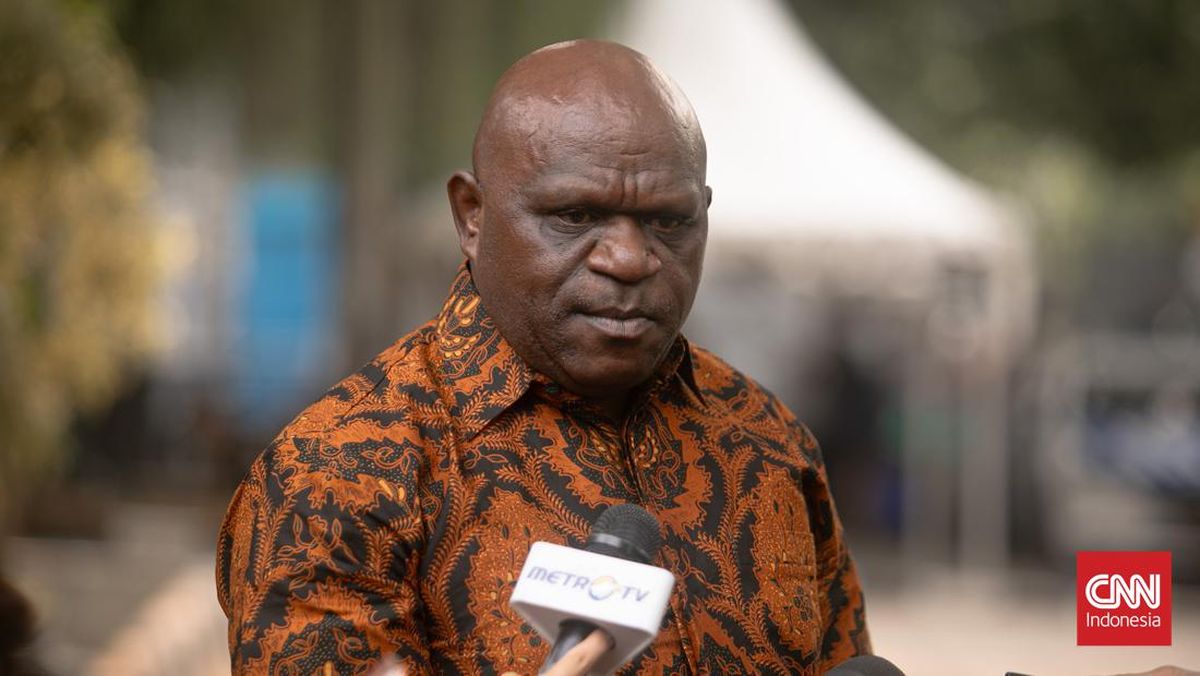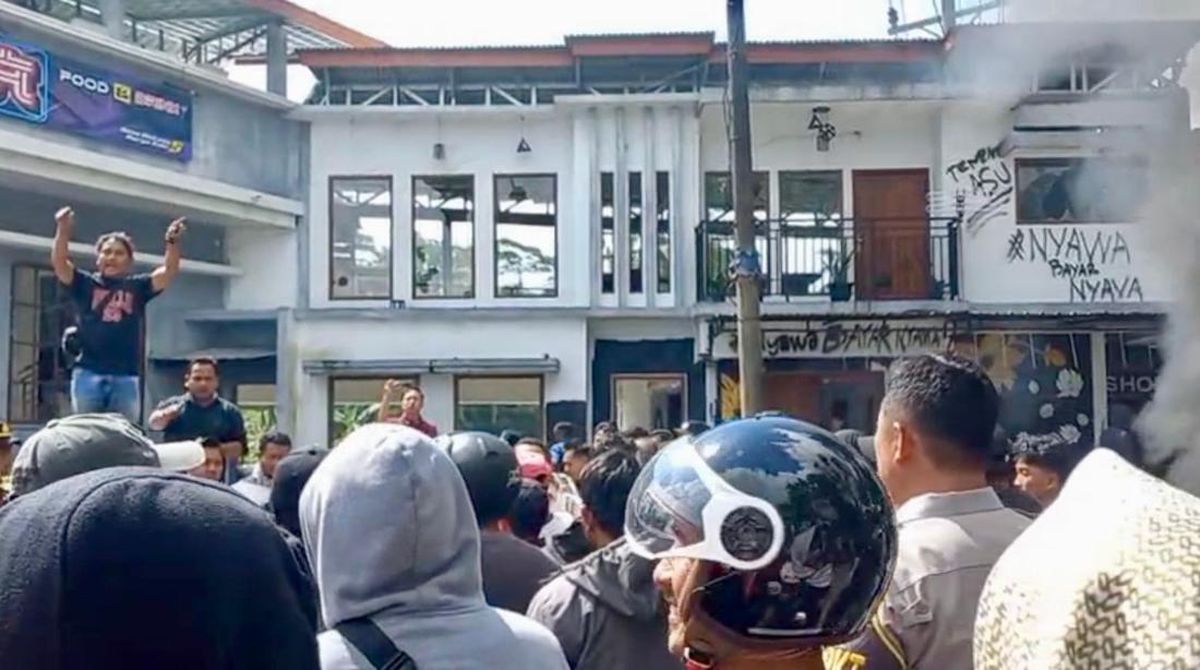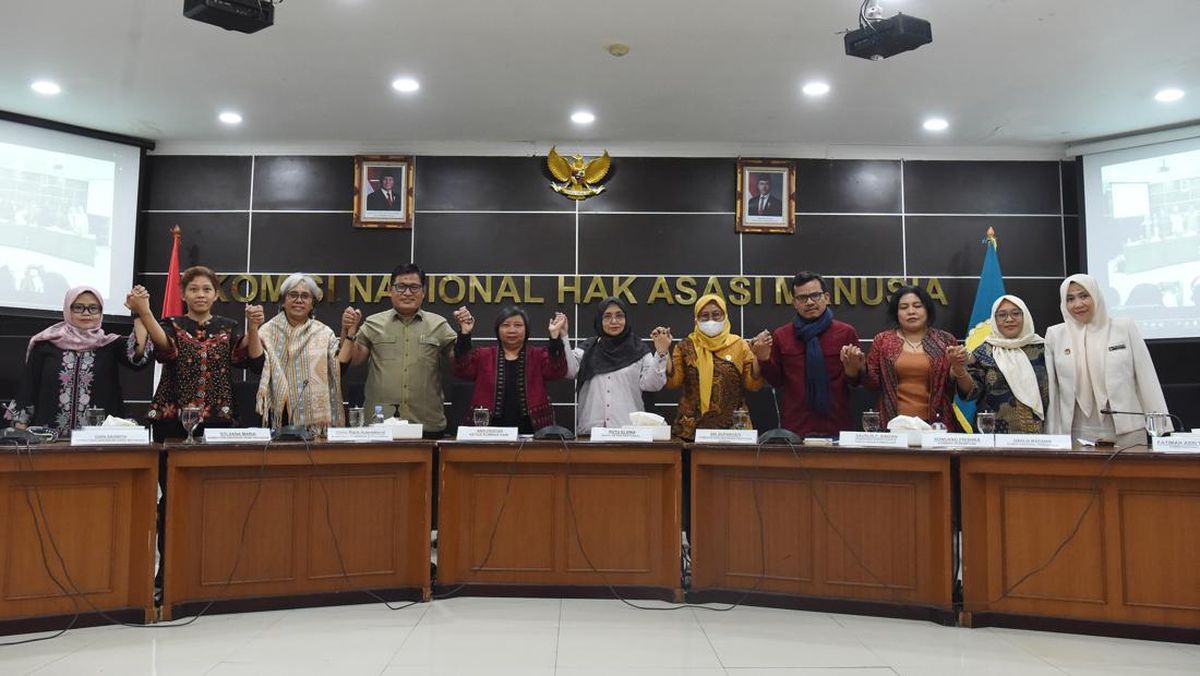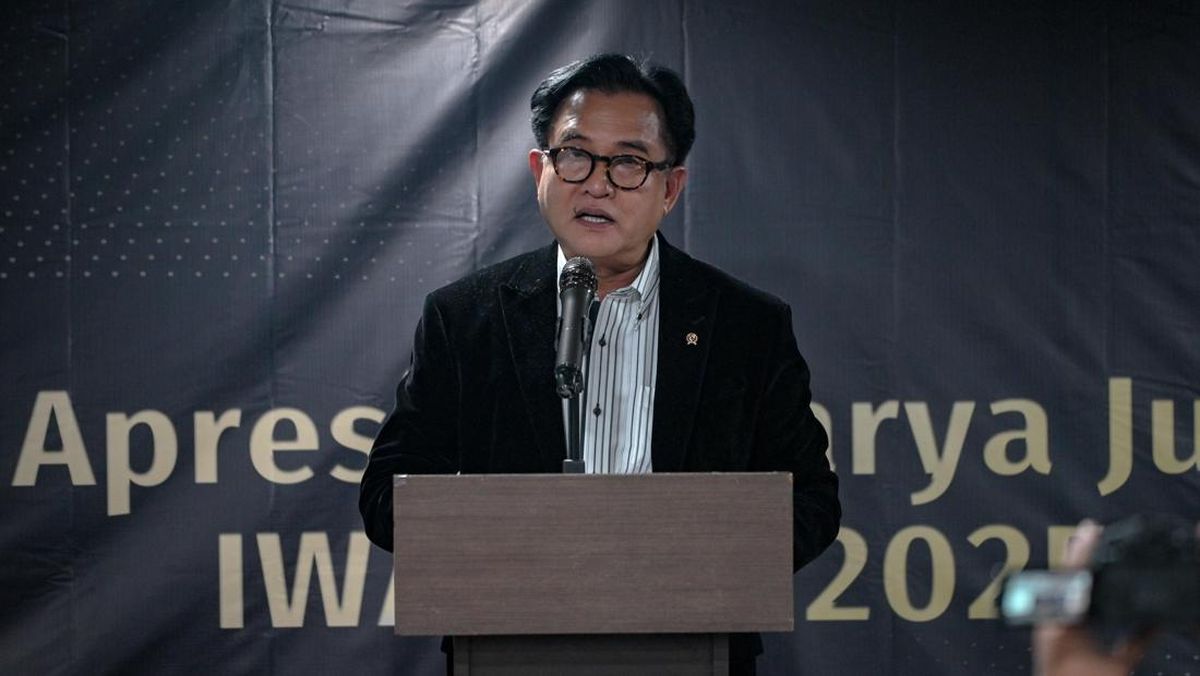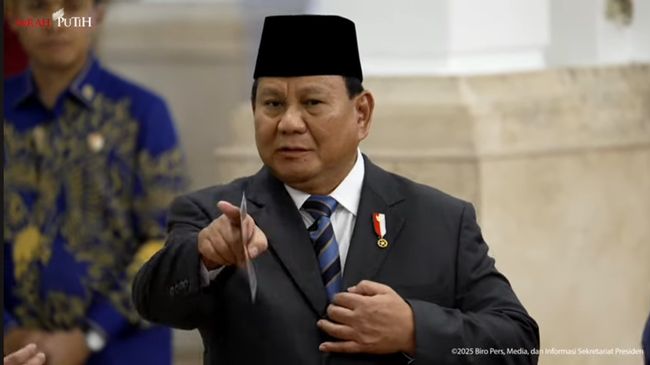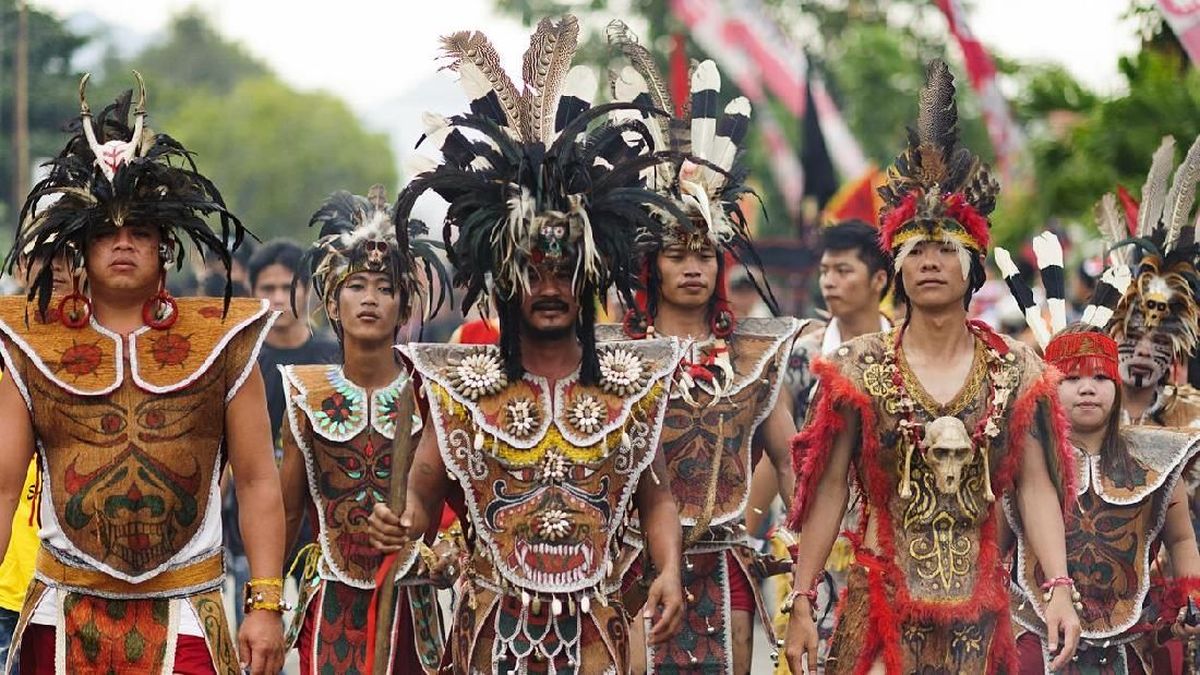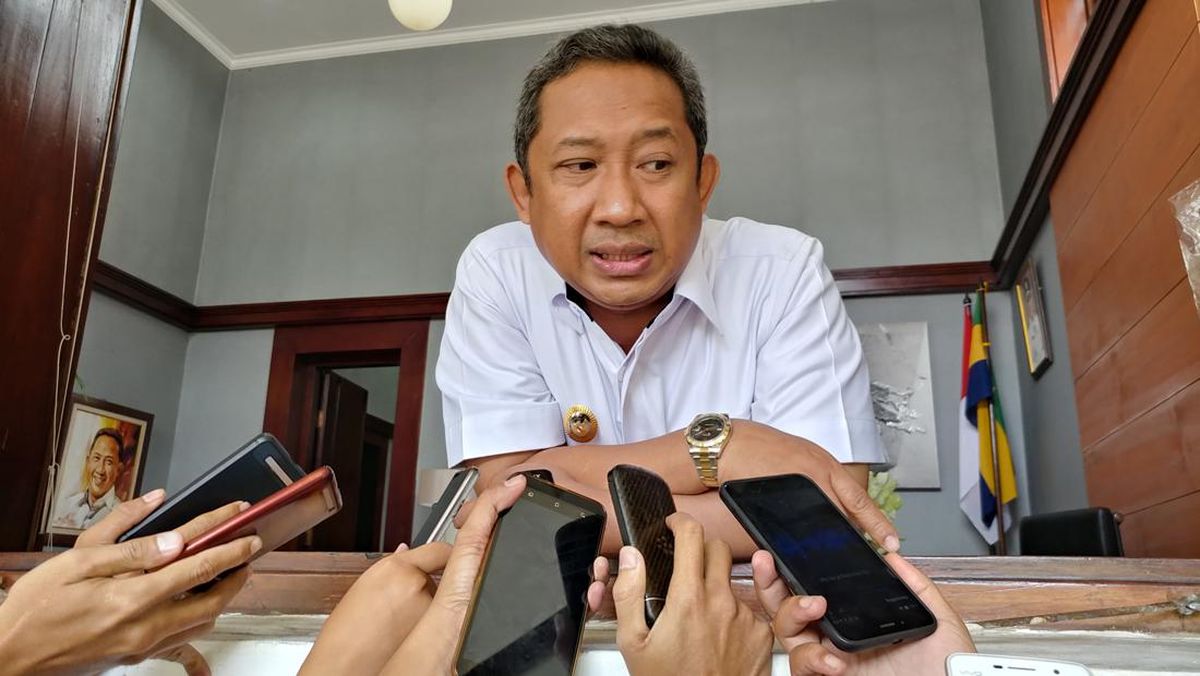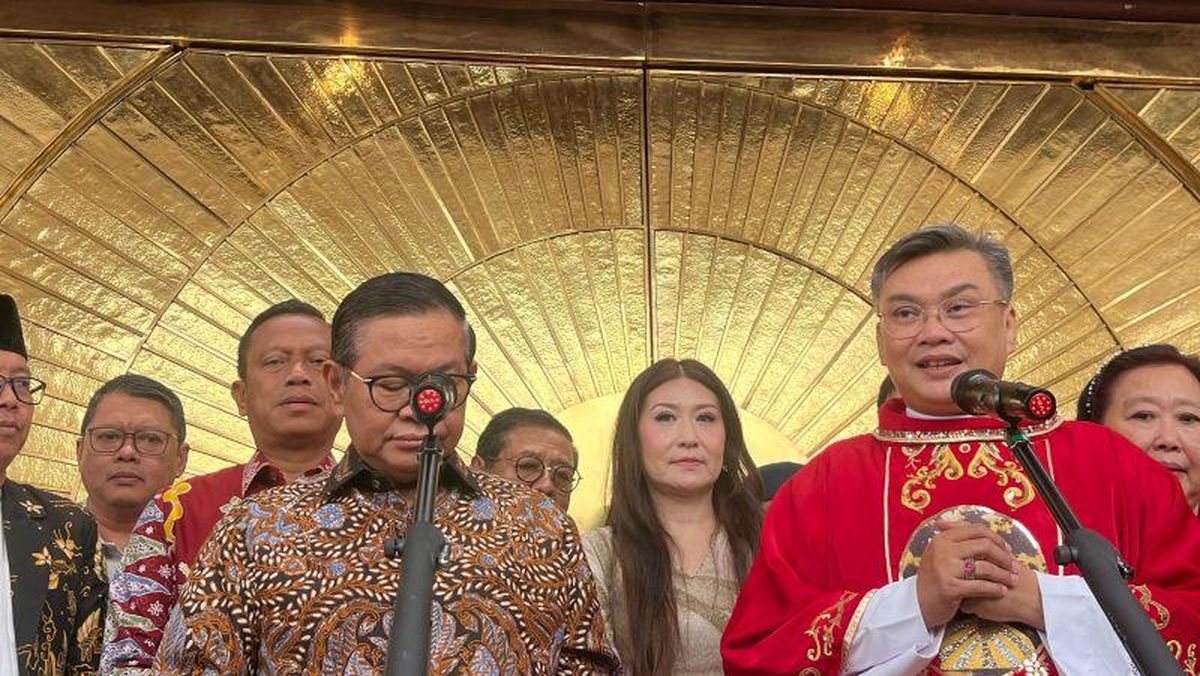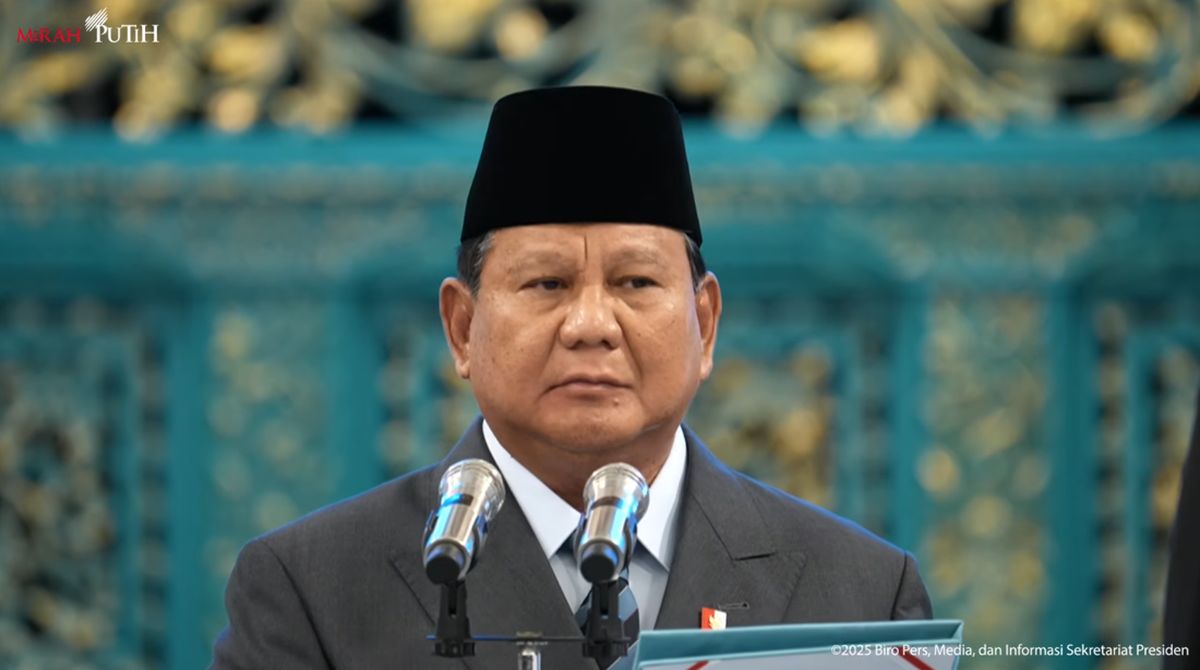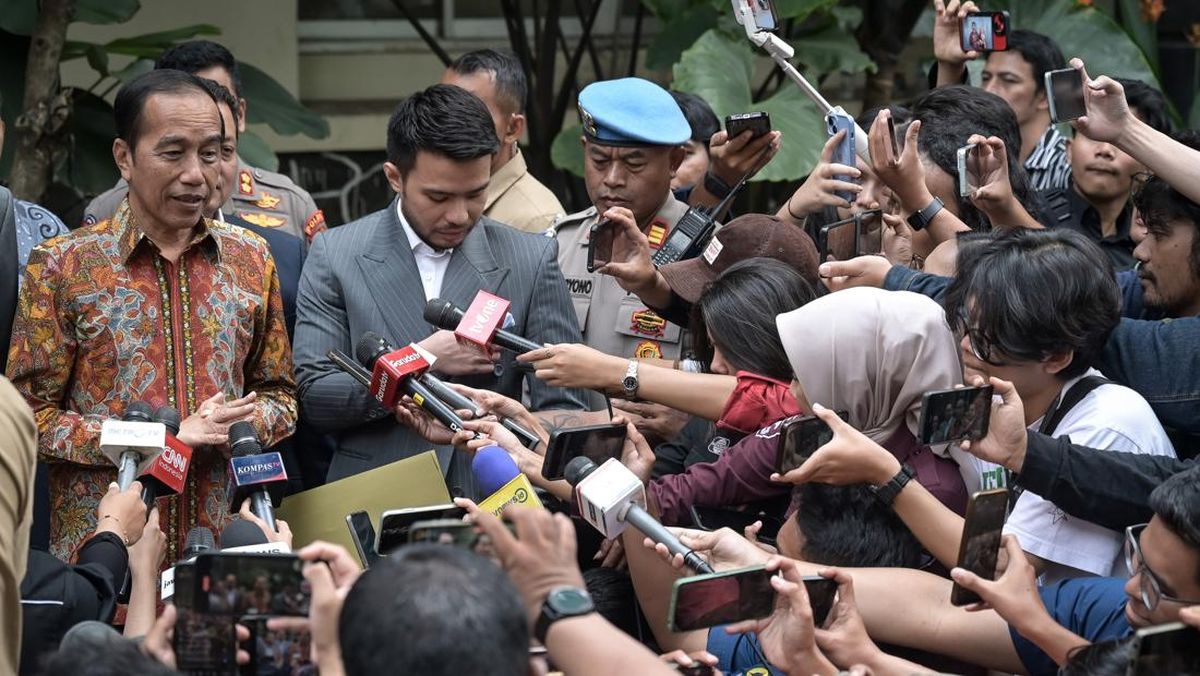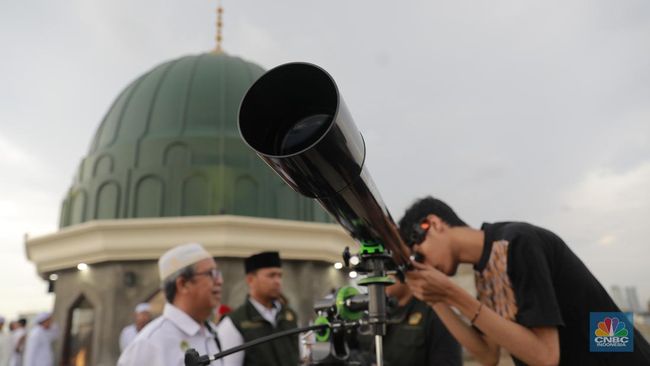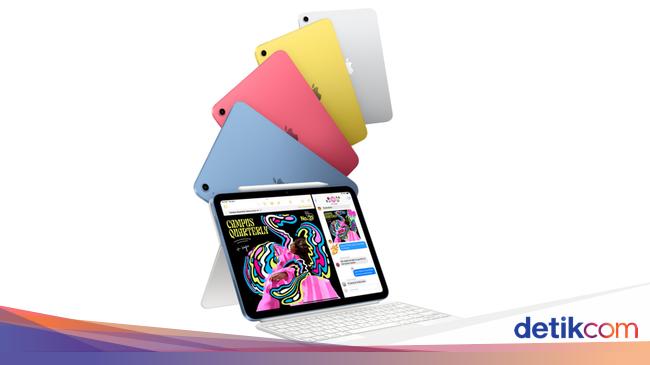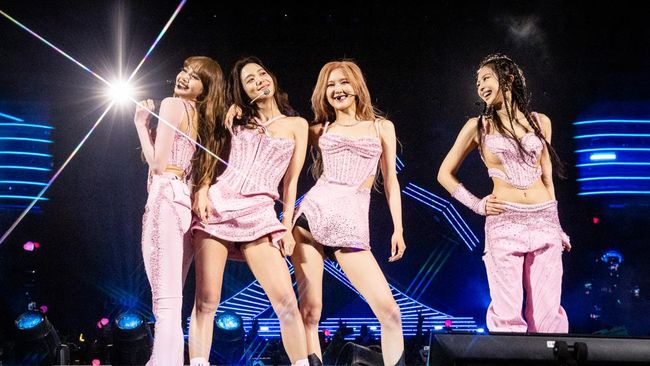My dad died just after my fourth birthday in 1992. Being so young, I have few memories of him and my family has only a small handful of home movie clips, filmed in the brief window before he died. But I do have a selection of still pictures and in my testing of a new phone, I found I was able to bring him to life using AI.
Honestly? I really don't know how to feel about it.
The original still image of my dad (left) and the AI-created video of him (right).
Andrew Lanxon/CNETThe phone is the new Honor 400 Pro and while it's broadly a decent handset, it packs a tool that uses AI (powered by Google's VEO-2 model) to turn any image into a 5-second video. I was skeptical when I read the press release about it (as I usually am), but I found it genuinely fascinating to use. Here's how it works.
You open the tool within the gallery app, choose your source image from any picture you have in your camera roll and hit go. It takes about a minute to analyze the image but then that picture suddenly springs to life, like a magical picture from the world of Harry Potter. Don't like the result? Simply tell it to generate again and you'll get a slightly different outcome.
The original still image.
Andrew Lanxon/CNETThe AI-created video version (converted into a lower-quality gif format).
Andrew Lanxon/CNETI've tried it on various images with mixed results. Sometimes it's pretty low-key (an image of someone reading a book simply resulted in them turning a page), while other times it goes weirdly hard. I loaded in a picture of a family of sheep on a Scottish island that I shot on Kodak Gold film (seen just below). In the moving AI version, there was suddenly a flood of sheep pouring through the frame before the camera angle cuts to an aerial view of a whole flock running across a meadow. I think that's what the kids call "extra." Ditto when I ran it on a picture of my cat and it threw in bizarre-looking titles for some baffling reason (seen further down).
The original still image of this family of sheep.
Andrew Lanxon/CNETThe AI-created video version (converted into a lower-quality gif format).
Andrew Lanxon/CNETBut then I went another way. I've had my dad's photo on my shelf for decades. It shows him onstage playing bass in his band. It's an image I love for many reasons, but chiefly because I'm a musician myself and I've always liked that we've had that in common. But that one picture is all I've seen of him performing. I certainly never went to a show and I don't believe any video footage of him playing exists. Until now, that is.
I fed the image into the app and with a certain sense of trepidation hit go. I waited for it to process and then suddenly there he was: My dad, moving around, jamming on his bass, visibly getting into the spirit of the performance. It transformed this small black and white picture I've treasured for so long into something more. Something alive. It actually made me quite emotional.
But then another part of my brain spoke up. This isn't my dad. It's not him moving and vibing with the music. Not really. It's what Google's algorithm imagines he'd do. In many ways it's like he's a marionette being grotesquely controlled by some invisible puppeteer, trying to give the impression of lifelike movement.
I ran it a few more times to see what options it would give but each one was basically a minor variation on him swaying and bopping while playing the bass. To be fair, the AI did a great job here. It looks realistic, with the shadows moving just right, the microphone staying in place and his hands actually looking like they're specifically playing a bass guitar. It's also still in black and white, with the film grain and various signs of aging to the image still present.
The original image of my lovely cat Toulouse.
Andrew Lanxon/CNETWhat the hell is this?
Andrew Lanxon/CNETI think that made all the difference to me as it really did give me the impression of what he might have looked like on stage. I didn't have to squint to ignore any strange errors or random other elements the AI could have thrown in. Every time it produced a gentle clip of my dad playing his music.
So I remain split in how I feel. On the one hand it's kind of gross in how it puppets a deceased loved one like this, based solely on Google's "best guess" of what would happen. I showed it to my brother who seemed to have much the same stance as me: "I'm not sure I like it, but I also don't think I dislike it. It's kind of spooky."
On the other hand it's injected life into a picture that I've treasured for decades and given me a glimpse into what my dad might have been like onstage. And I liked seeing that, even if it's not exactly real.
It's definitely not a perfect solution for me, and if I want to really remember him I'd rather turn to our actual home movies than AI-created imagery. But maybe AI tools like these will eventually bring real comfort to the many people in this world with passed loved ones, who right now only have a handful of static images to hold on to.
And I'd like to think that, for all AI's faults, maybe this is one way it can do some good.

 3 months ago
32
3 months ago
32
